Wallach Leap 100 ESU
The Wallach Leap 100 ESU is in fantastic cosmetic condition, with no blemishes on the unit itself, and powers up quickly.
This model is generally used in procedures to reduce patient blood loss in settings as varied as dermatological, gynecological, cardiac, plastic, ocular, spine, ENT, maxillofacial, orthopedic, urological, neuro- and general surgical procedures. It can also be used as well in certain dental procedures. A foot switch and smoke evacuator accompany this device.
Principles of Electrosurgery
Often “electrocautery” is used to describe electrosurgery. This is incorrect. Electrocautery refers to direct current (electrons flowing in one direction), whereas electrosurgery uses alternating current. Modern day electrosurgery is the utilization of alternating current at radiofrequency levels. During electrocautery, current does not enter the patient’s body. Only the heated wire comes in contact with tissue. In electrosurgery, the patient is included in the circuit and current enters the patient’s body.
Electrical current flows when electrons from one atom move to an adjacent atom through a circuit. Heat is produced when electrons encounter resistance. For current to flow, a continuous circuit is needed. In the operating room, the circuit is composed of the patient, the electrosurgical generator, the active electrode and the return electrodes. The electrosurgical unit is the source of the voltage.
Electrical energy is converted to heat in tissue as the tissue resists the flow of current from the electrode. Three tissue effects are possible with today’s electrosurgical units—cutting, desiccation, and fulguration. Achieving these effects depends on the following factors: current density, time, electrode size, tissue conductivity, and current waveform.

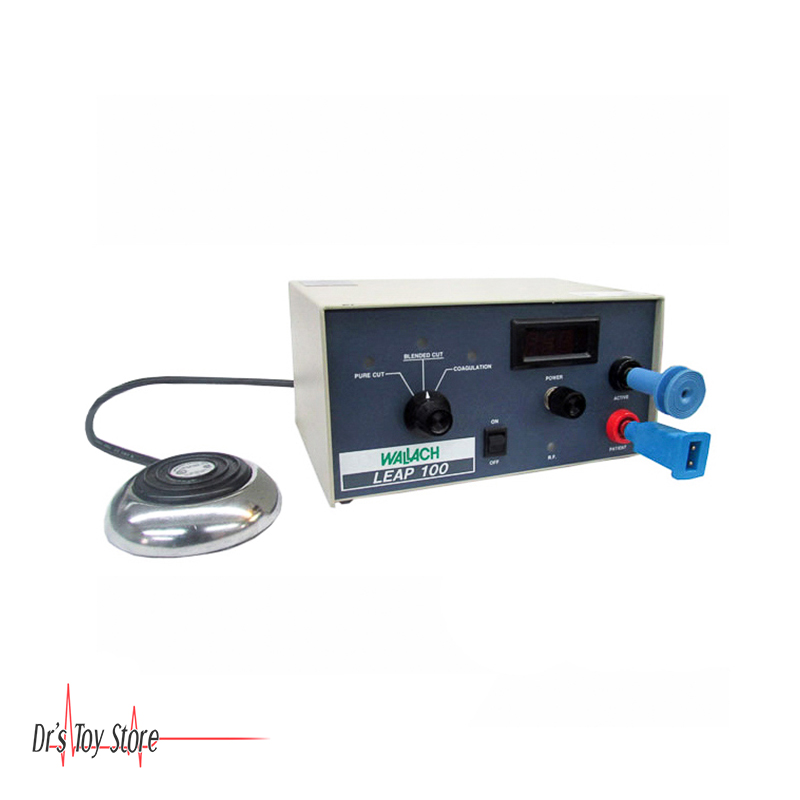
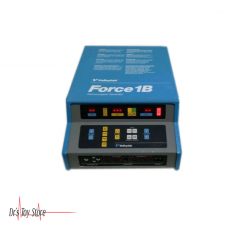
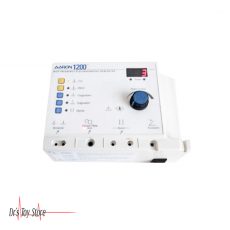
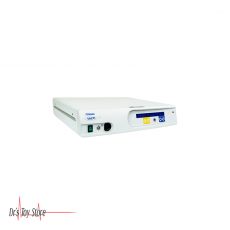
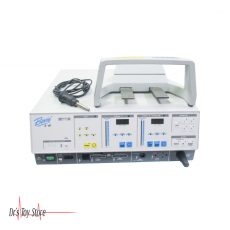
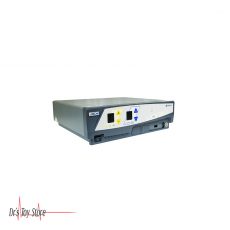
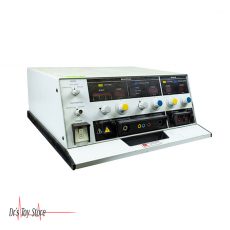
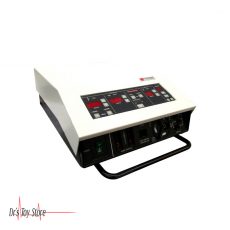
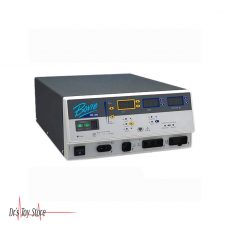
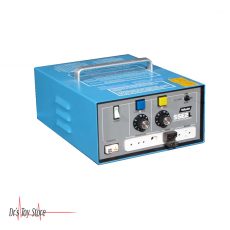

Reviews
There are no reviews yet.